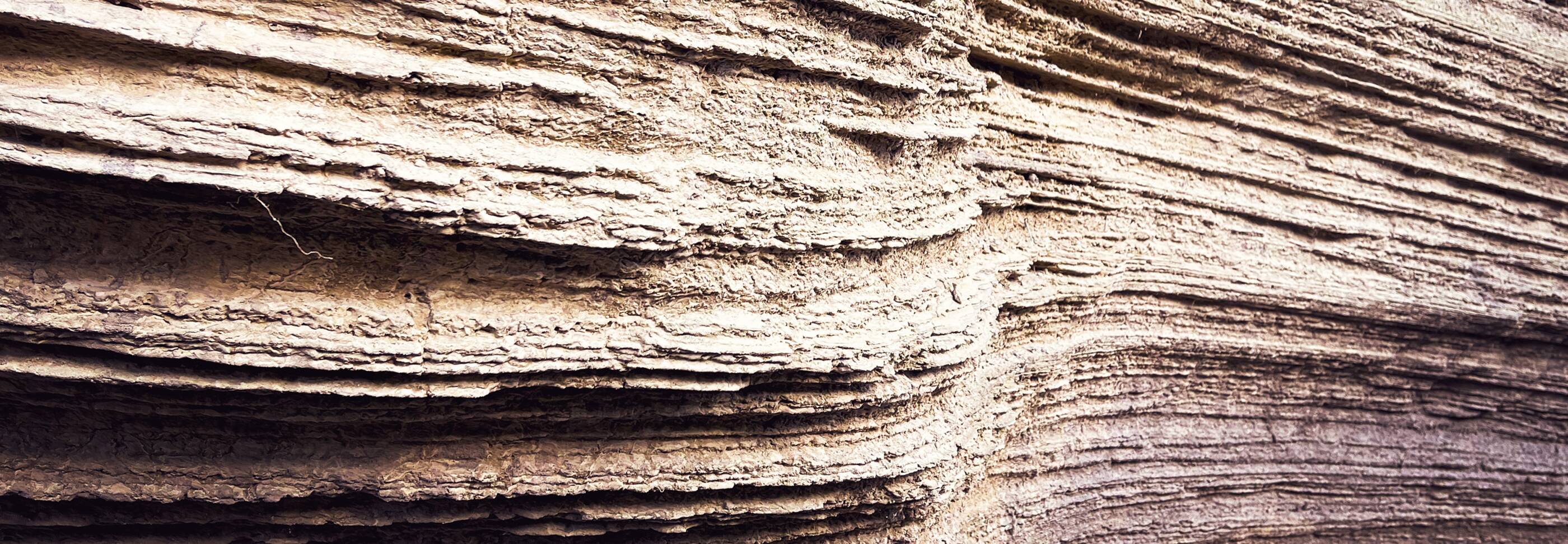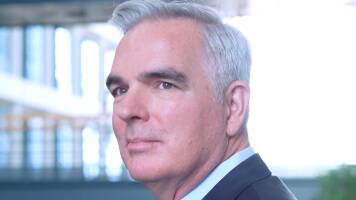selected item
Inside engineering: Carbon storage safety
When Dr. Ganesh Dasari was a doctoral candidate at Cambridge University, he didn’t know his passion for civil engineering would steer him toward becoming a leading expert in carbon storage technologies.
Today, he is part of a team of geoscientists and engineers at ExxonMobil identifying ways to safely store carbon dioxide (CO2) deep underground. The technologies they’re developing today could shape the future of large-scale carbon capture and storage (CCS) projects around the world.
Dr. Dasari and the team are busy finding safe and secure geologic locations to store captured CO2 in the US, Europe, and Asia – including locations to support ExxonMobil’s planned CCS projects in Texas and Louisiana. They’re developing a safe process to inject CO2 thousands of feet under the earth’s surface into these carefully selected geological formations where it can be permanently stored. Once underground, the CO2 is held in place by a thick seal rock and gradually transforms into solid minerals.
By capturing CO2 emissions before they reach the atmosphere, CCS can play a big role in reducing emissions, particularly from heavy industries like steel and cement.
We spoke with Dr. Dasari to better understand how CO2 storage sites are carefully and rigorously selected. As a leader in locating potential CO2 storage sites for our carbon capture and storage projects, Dr. Dasari is an authority on safety considerations in carbon storage planning.
Dr. Dasari and the team are busy finding safe and secure geologic locations to store captured CO2 in the US, Europe, and Asia – including locations to support ExxonMobil’s planned CCS projects in Texas and Louisiana.
Key insights for keeping carbon capture secure
Feb 1, 2023



